SMS König Wilhelm
Prussian Navy – Ironclad 1869-1921 SMS König Wilhelm or “King William” was an armored frigate ordered by the Prussian Navy and…
Denver class cruiser
USA (1900-1905) Service until 1930: Protected Cruisers: USS Denver, Des Moines, Chattanooga, Galveston, Tacoma, Cleveland C-14-19/PG 28-33/CL-16-21. A bit forgotten…
Foca class submarine
Minelaying Submersibles: Foca, Atropo, Zoea (1936-47) The Foca class were three minelaying submarines (sommergibili posamine) of the Regia Marina, sister…
Sfax (1884)
Marine Nationale Protected cruiser, 1887-1906 Sfax was the first Protected Cruiser of the French Marine Nationale, a topic opening a…
Halifax class Frigate (1988)
Royal Canadian Navy – FFH-330-341 HMCS Halifax, Vancouver, Ville de Québec, Toronto, New Brunswick, Regina, Calgary, Montréal, Fredericton, Winnipeg, Charlottetown,…
HMS Vesuvius (1874)
United Kingdom: 1874-1923 Experimental torpedo boat HMS Vesuvius was an experimental torpedo-armed warship in service with the British Royal Navy,…
U5 class (1910)
Germany: SM U5, U6, U7, U8 (1910-1915) Development The short-lived U5 class was a simple evolution of the U3 class…
Curtiss F11C Goshawk
US Navy Fighter, 27 USN, +3 protos +129 exports The Curtiss F11C Goshawk is now a somewhat forgotten USN naval…
HDMS Gorm
Dansk marine – Ironclad (1871-1912) The Danish ironclad Gorm (“Gorm the old”) was a monitor ironclad (panserskib) built for the…
Sauro class Destroyer
Regia Marina -4 destroyers: Cesare Battisti, Daniele Manin, Francesco Nullo, Nazario Sauro. Built 1925-1927, interwar, ww2, 4 lost. The Sauro…
Naval Encyclopedia
Naval Encyclopedia provides a one-stop place for everything related to naval warfare through ships classes, going back to antiquity to the present day, with particular focus on WW1, WW2 and the cold war, with daily articles and weekly fleets. This is a long endeavour, with future entries in opacity both in the top and side menus. Naval encyclopedia also goes through some civilian aspects (clippers, liners, oil platforms, naval tech in general) and battles/tactics as well.
 About Naval Encyclopedia
About Naval Encyclopedia
Naval Encyclopedia is the first online warship museum. She was laid down in St Nazaire Yard back in September 1995, launched in December 1996 and completed in March 1997, with 1000+ crew for now, and counting. Dedicated to the history of all ships of the industrial era and 20th century, so 1820 to 1990, but also earlier times. The main difference for this early period is to study ships types through some famous examples. After her last refit in 2023, the present ship has been repainted anew, modernized and made more appealing, ready for even more extensive service, hopefully staying in the current state for the next five years of service. Further improvements will be made if practicable. Numerous additions over the years also led to a complete machinery overhaul, new steam turbines and propellers.

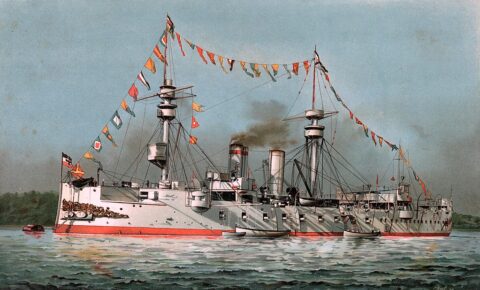
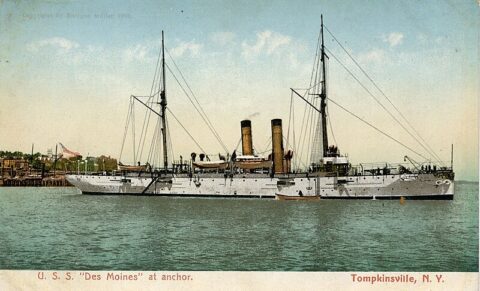
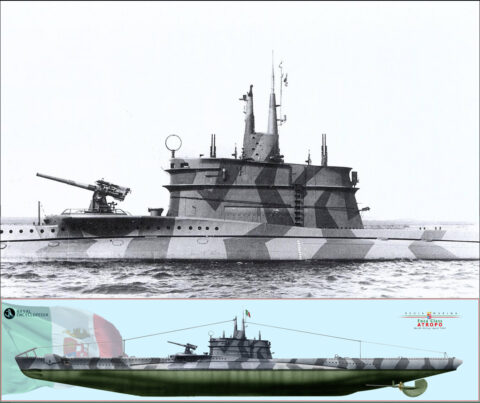
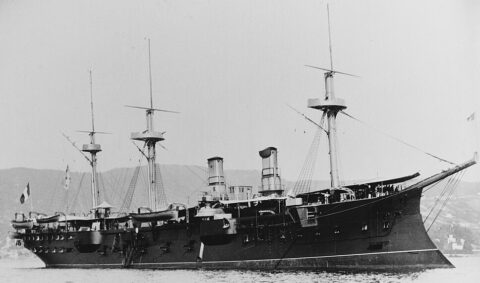
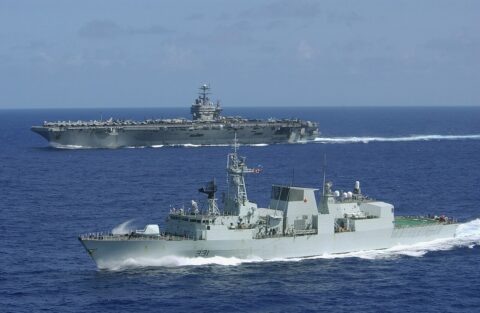
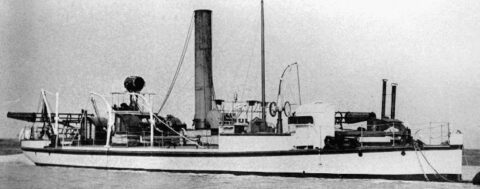
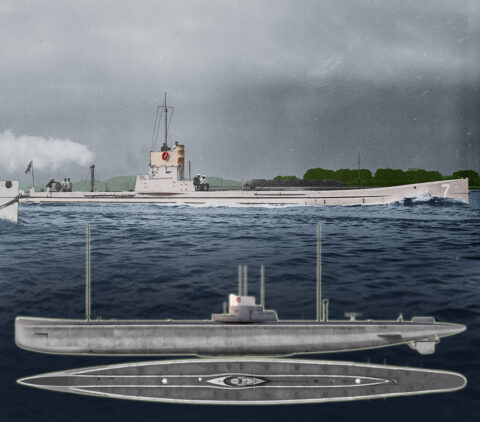
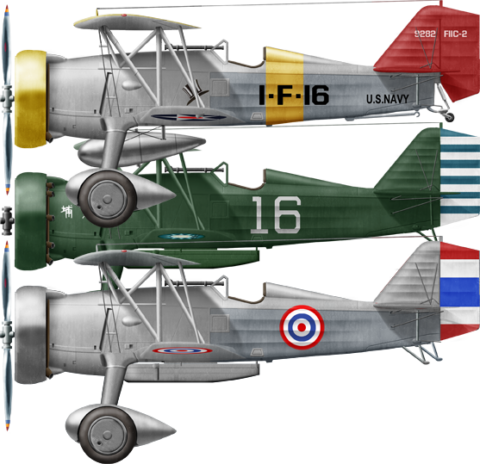

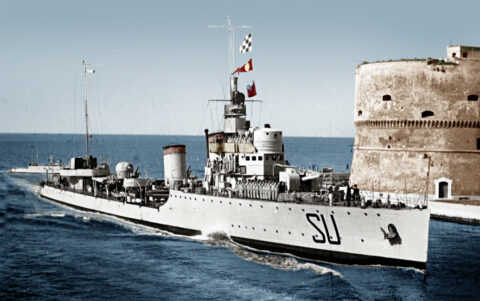
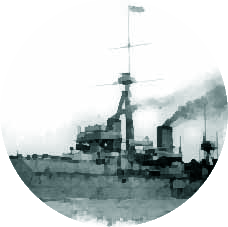
 Tech
Tech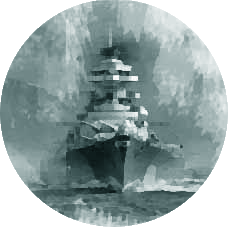
 Battles
Battles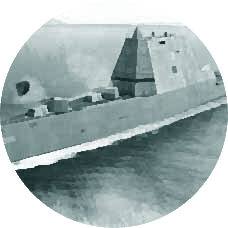
 Medias
Medias


 dbodesign
dbodesign